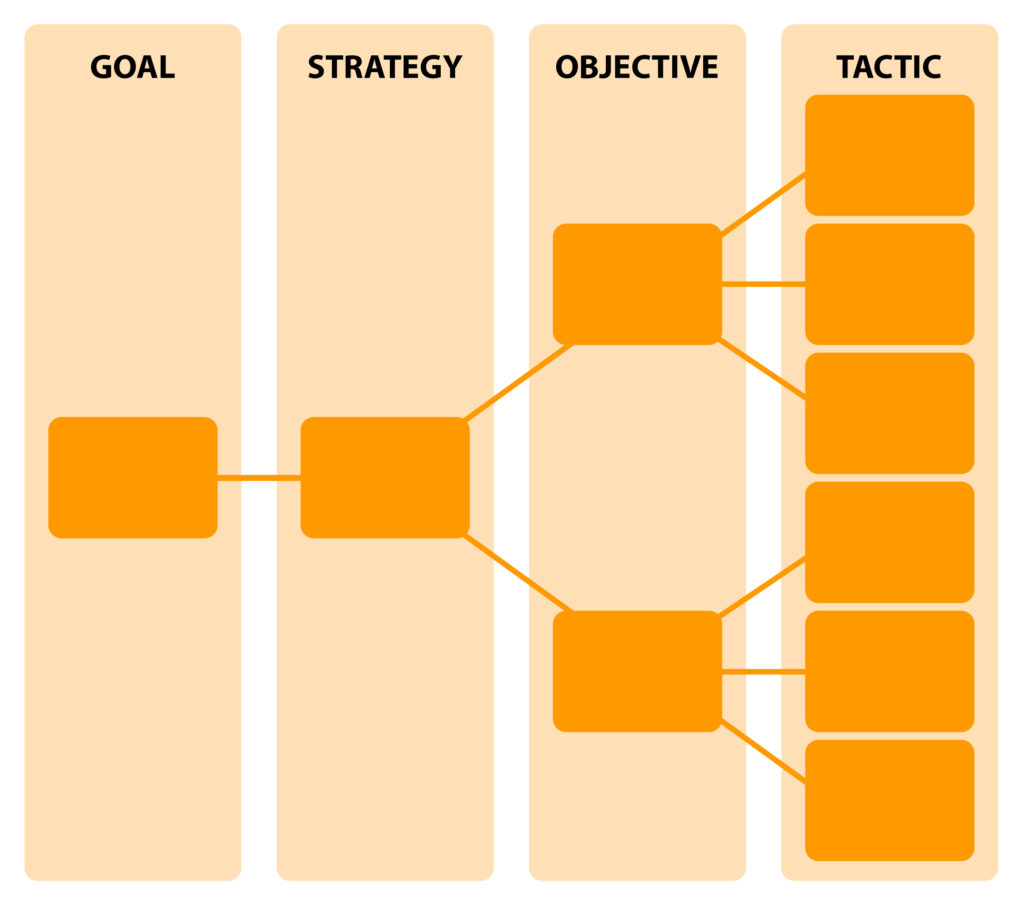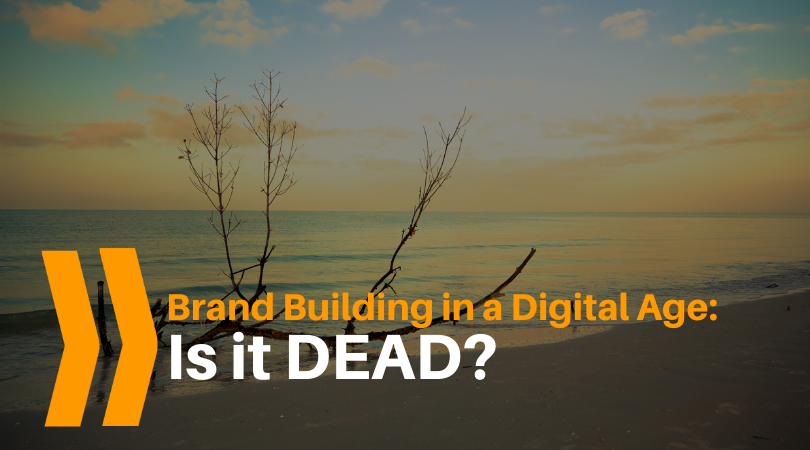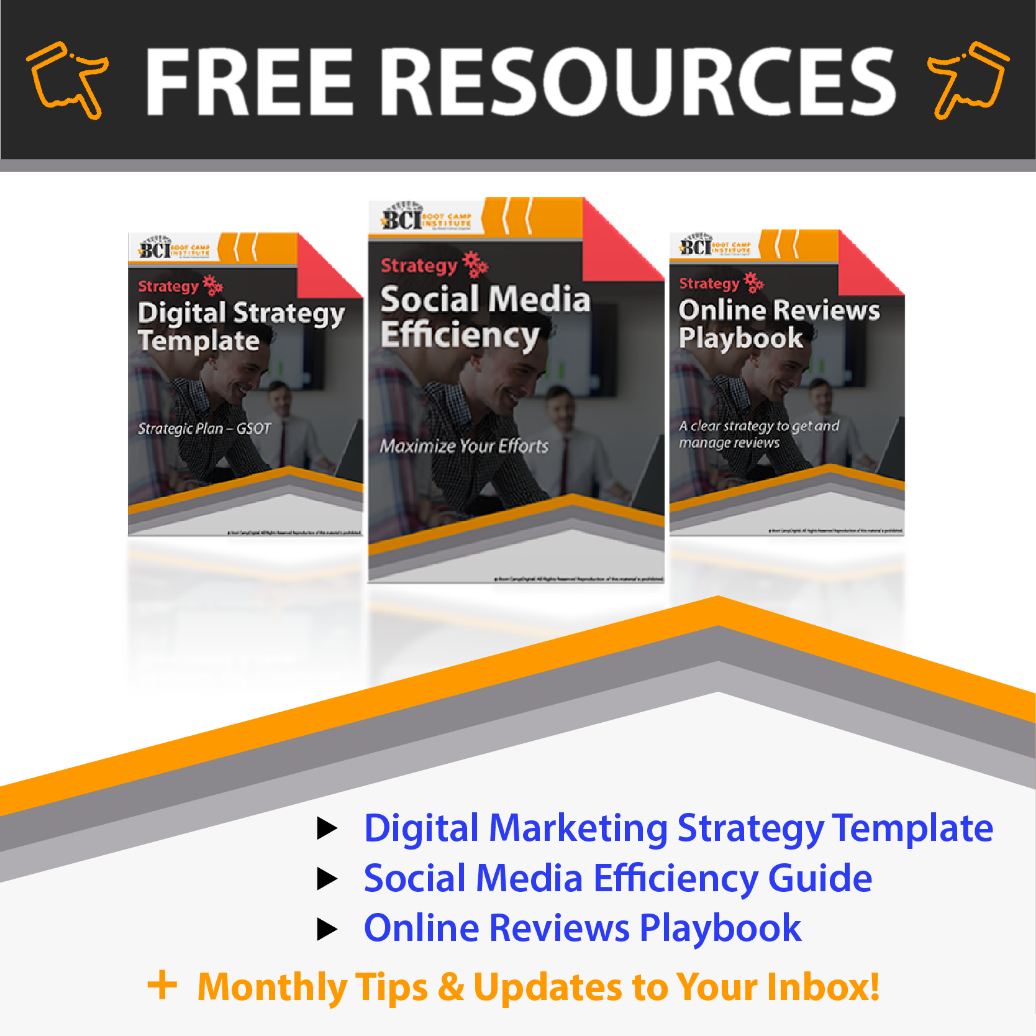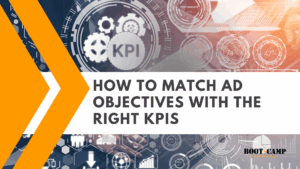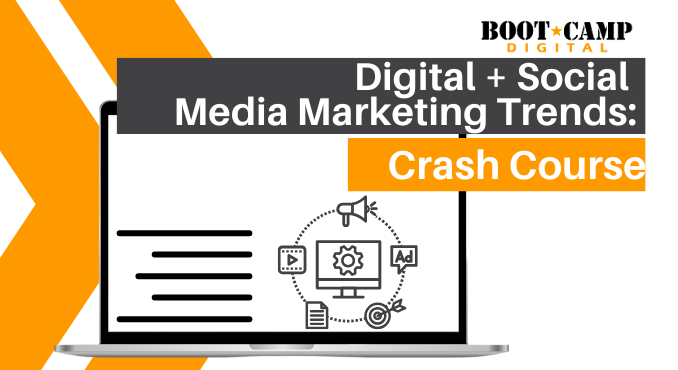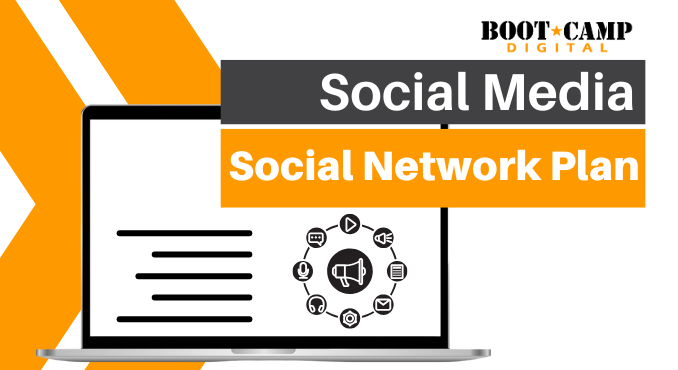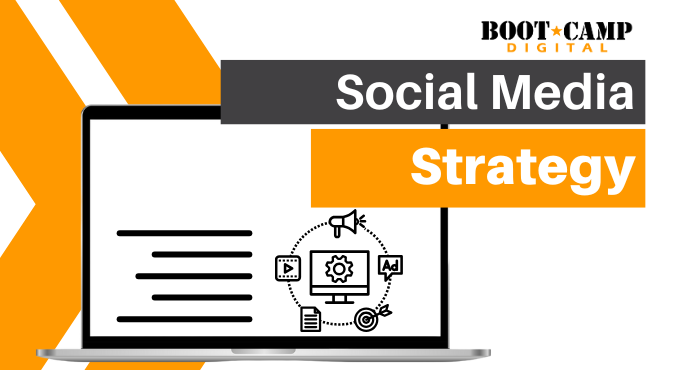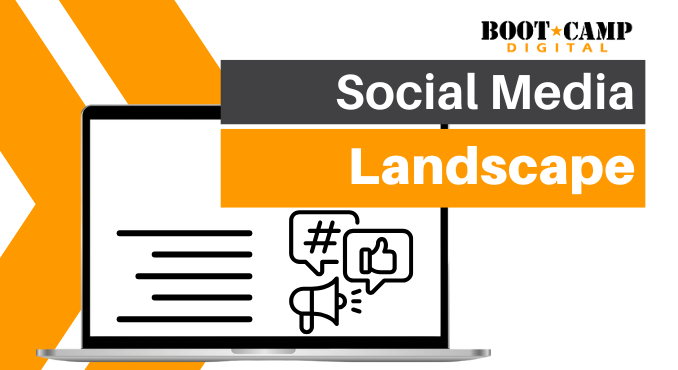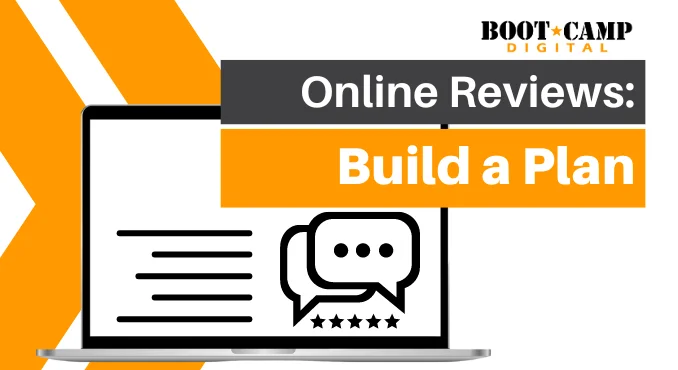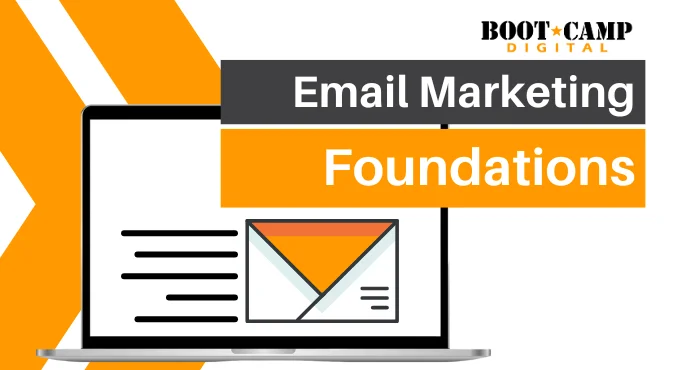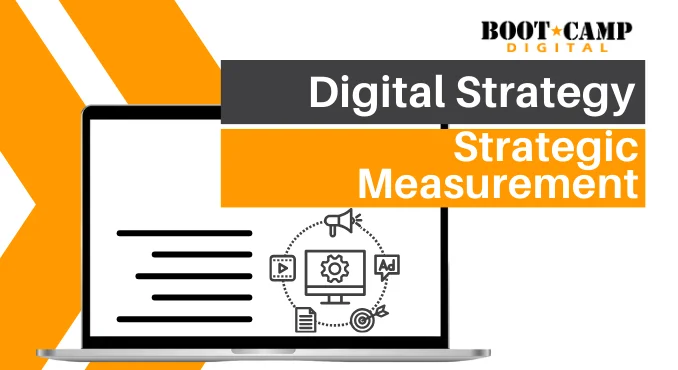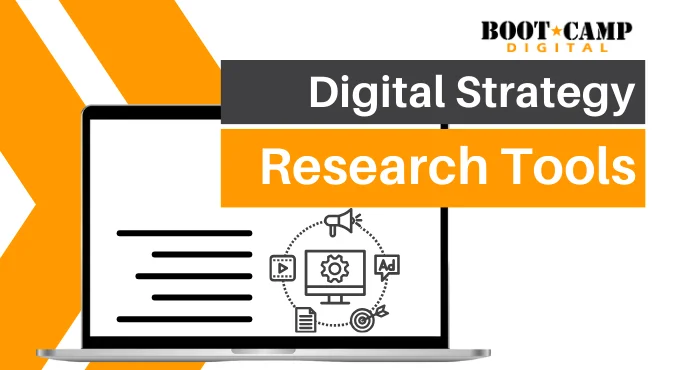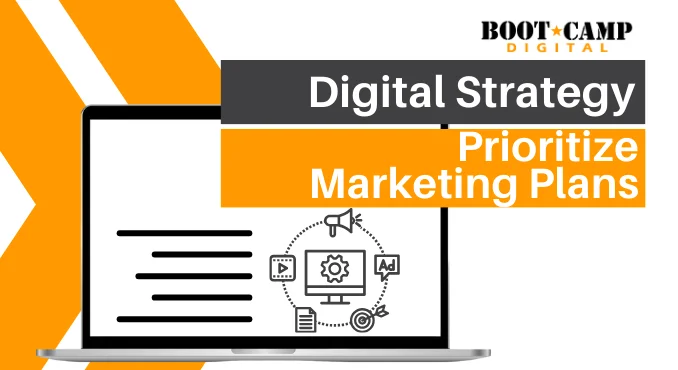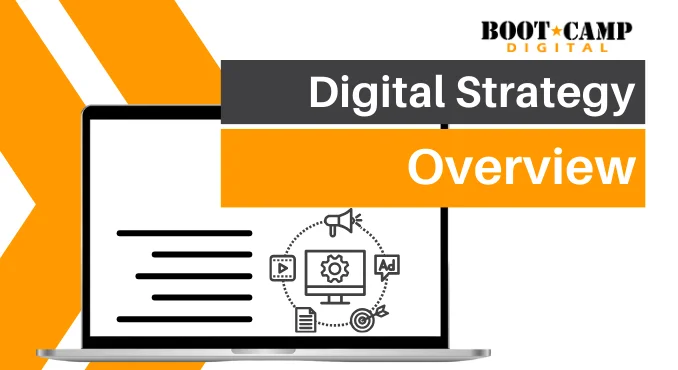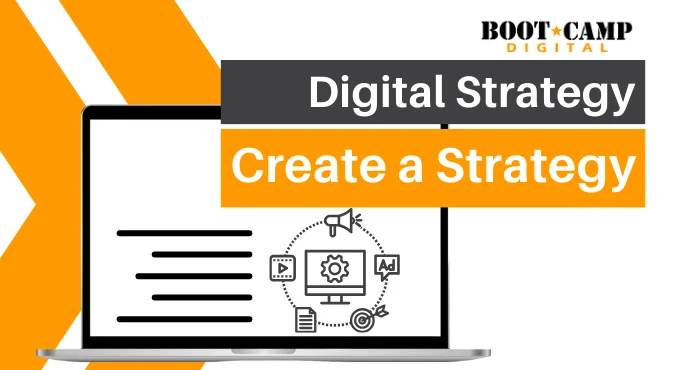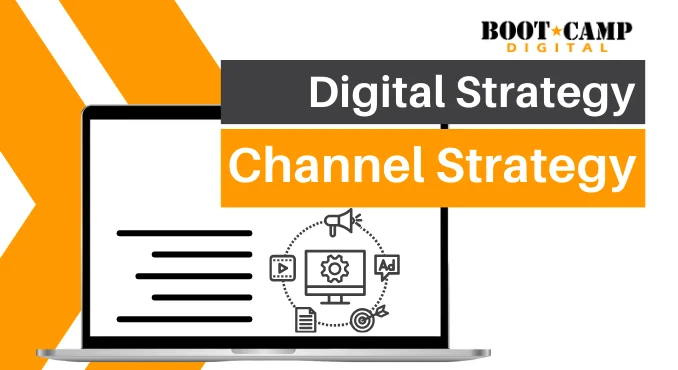Digital marketing is changing the way that we reach consumers.
In traditional marketing we focused on stimulus/brand building so that when a consumer was making a decision they would choose us. Most products are bought in stores, where packaging and in-store promos are our only tools to influence at the actual time of purchase.
Digital is changing this. Instead of a slow-burn over time with brand building and thinking about the entire marketing funnel we can now influence the exact moment of purchase with SEO, Digital Ads and more.
It is tempting to flip budgets from top-of-funnel digital marketing strategies like awareness and equity marketing to performance driven strategies that focus on clicks and action.
Is Brand Building Still Important?
Yes.
Brand building still matters because it is the foundation of why people buy — yes, even in a digital age. We do business with people and brands we know, like and trust. It is that simple.
As you look at some of the biggest online successes they have been brand building successes – not performance marketing successes. One of my favorite examples of this is Zappos. Zappos is essentially selling a commodity online – shoes. They are the same shoes no matter where you buy them from. BUT Zappos isn’t selling you shoes. They are selling Happiness. They are selling a brand. This is why they were able to grow a commodity business into a huge success.
Many online marketers don’t “believe” in branding, despite it being one of the oldest marketing principles.
Branding isn’t dead online, and in some ways it is becoming more important.
Consumers are looking for brands and websites that they can trust. Brands = trust. All else being equal, people are willing to pay more for brands that they can trust instead of taking a risk with something new. Many of us have been “swindled” by cheap e-retailers selling crappy products. In the world of the web, people are willing (and happy) to pay more to work with brands they can trust.
Even big advertising players like Facebook and Google suggest that investing in branding and top-of-funnel will lead to lower costs for conversion focused activities.
How Does Brand Building Link to Digital Strategy?
When evaluating your digital spending priorities it is important to balance spending time, money and energy on strategies that drive immediate sales with strategies that build longer term brand value.
It isn’t an either/or scenario – it is simply about balance.
Understand your business/brand objectives and consider how much emphasis to put on each aspect. Don’t get too drawn in to the sexy appeal of instant sales or leads – you may lose the long-term game by eroding your brand. Build a digital strategy that is comprehensive and that links ALL of the elements of marketing success for your business.
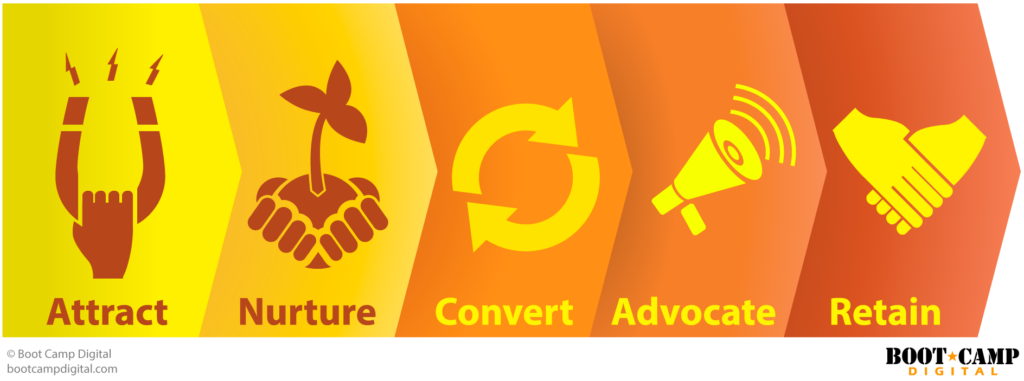
Does this Apply to Small Businesses or Only Big Brands?
This applies to both. For big brands it is maybe more obvious, but even for small businesses it is important to keep in mind balancing both activities. If you put too much focus on marketing activities that bring immediate returns you will miss the long term benefits from building a brand.
For example, at Boot Camp Digital we’ve created hundreds of videos over the years. Our videos are a key way to share knowledge with our audience and to be discovered by new audiences. They never generated any immediate sales.
Over time, I’ve had new clients say they saw our videos, then visited our website and eventually filled out a form. Brand building paid off in the long run, but not in a quick instant gratification “how many calls did this get me?” way.
How Do I Build a Balanced Digital Marketing Strategy?
The important part of building a strong strategy is to plan for brand + immediate sales in your overall plan. Don’t get sucked in to the tactical executions and lose site of your strategy. At the outset, set a clear marketing strategy that defines your priorities and understand the balance between long term and short term. As you draft your digital plan or start executing, be cognizant of spending time and effort on both.
